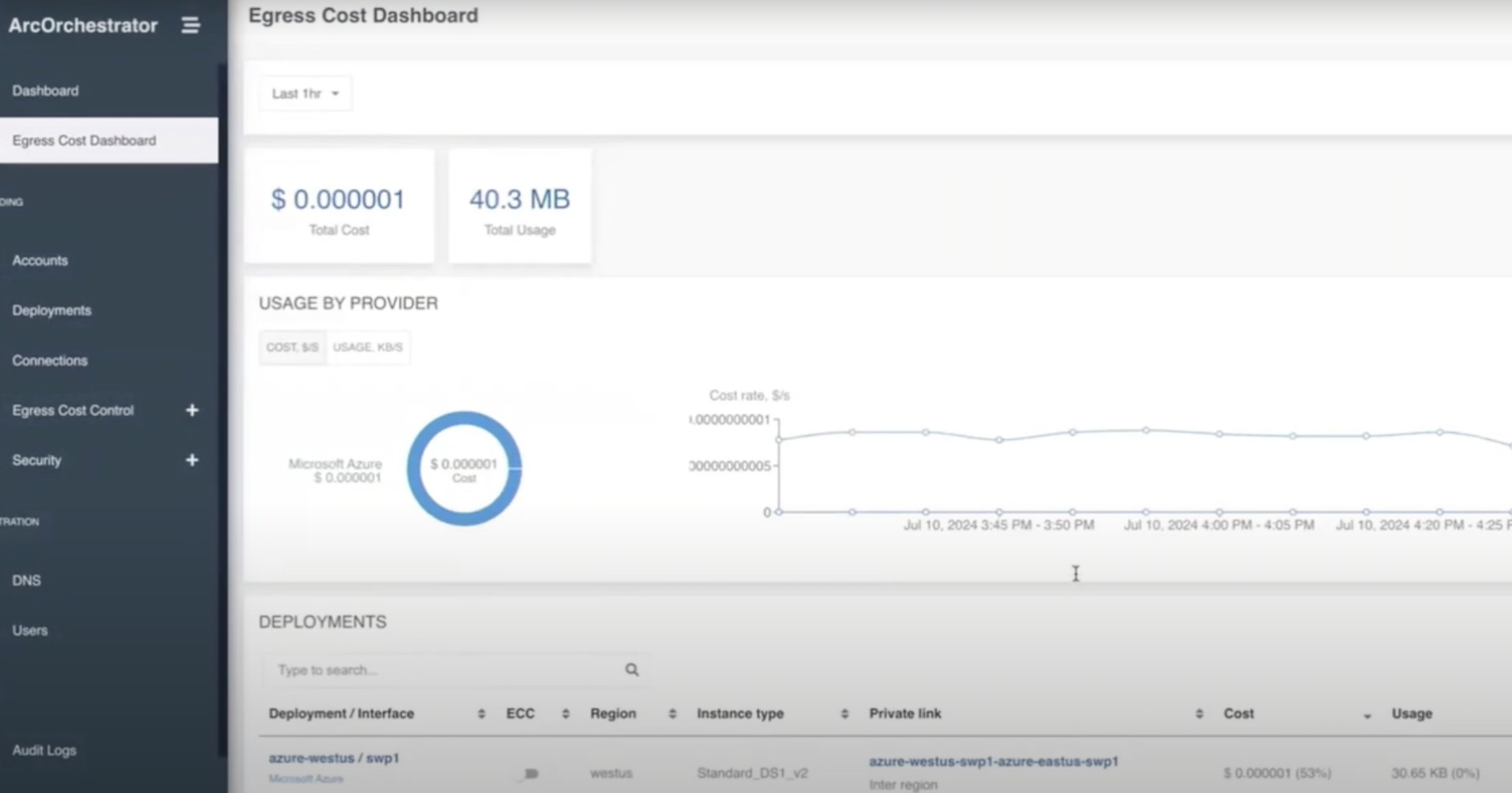With cloud app development on an upswing, companies have more than doubled their cloud spend in the past two years.
On an average, an organization spends over a million dollar yearly on public cloud services. IDC projects the global spending to grow to $1.35 trillion by 2027.
Many businesses are now looking for areas where they can cut costs. Even the biggest spenders in the cloud have FinOps teams looking into their monthly cloud bills to understand resource utilization, cloud-computing charges, and hidden costs.
The Cost to Get Data Out
One of the things that have been sneakily mounting cloud spend for organizations is data egress cost. Hyperscalers do not charge anything for bringing data into the platform. But they charge a significant fee for moving data out. This is called data egress cost.
For example, AWS charges an egress fee of 9 cents per GB for outbound data. A nominal sum it may seem, but it’s not.
“These costs seem very minimal, but if you are doing transfers of 100 Terabytes or 1 Petabyte, they multiply by 10 to the power of 6 or 9,” said Ashish Swaroop, sr. director of product management at Arrcus.
Cloud providers charge egress fees for a reason. It costs them money to move data out of their network.
Egress cost is a complex pricing model and varies from provider to provider. It is metered and billed in multiple categories for example, VMs, storage, and the path chosen to route the egress traffic.
A Solution That Keeps Egress Data Transfer Costs Minimum
In Jan, Arrcus unveiled a solution that provides cost relief for multi-cloud enterprises. It’s called EgressCostControl (ECC). At the Networking Field Day event in California, the team presented it to the audience.
Through a mock scenario, Swaroop showed how ECC manages and controls egress costs in the cloud.
ECC is a dashboard embedded in the ArcOrchestrator, a multi-tenant platform for cloud connectivity management. The ECC dashboard provides a digital map of cloud consumption and cost tied to an account.
As an operator logs in and starts a transfer, it calculates the total utilization and cost of the transfer and displays it in a graph. When more than one path is chosen, the graph provides comparative values between them indicating the cheaper alternative.
This is how it happens behind the scenes. The ArcOrchestrator provides ECC access to telemetry data streaming in from ArcEdge instances.
When ECC is turned on at a certain interface, ArcEdges can start transmitting data to the orchestrator telling it what volume of data is leaving the network via the routers. The orchestrator works out the accumulated egress charges for that account.
This is done via polling of publicly available information on rates of various providers.
Specific information too can be uploaded on ArcOrchestrator. “For example, if you have a leased line or a dedicated link, you’ve negotiated some prices for it, you can upload all of that information into ArcOrchestrator, and it will take that into account as well,” said Sanjay Kumar, VP of marketing.

The egress cost of the interface is fed into the routing tables, and the routing protocols decide which path to use to keep the cost between the source and destination a minimum.
Border Gateway Protocol (BGP), which is a common routing protocol, normally favors the shortest path to route the traffic. ECC picks the path that costs the least.
“By activating ECC, we are forcing the routing protocols to consider all the underlay paths available, and make a routing decision that minimizes the egress charges,” told Swaroop.
To put it plainly, ECC influences the routing selection algorithm, getting it to choose only the most cost-optimal path.
It is worth noting though that the cheapest path is often the longest. Therefore, it is not the smartest choice for low-latency data transfers. To stop ECC from routing egress traffic via the longer paths by default, users have the ability to turn it off at certain interfaces where real-time speeds are required.
Don’t forget to check out Arrcus’ presentations from the Networking Field Day event to know more about the solution.

